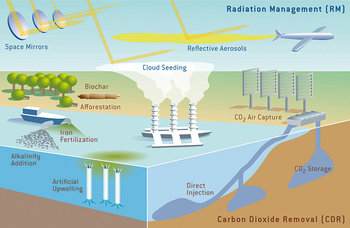|
| |
Visible light are medium wavelengths of electromagnetic radiation that can be perceived by humans as color. According to standard definitions this includes the wavelengths from 380 to 750 nanometers. However, some people can see some ultraviolet and near infrared such that this range could be extended to about 310 to 1100 nanometers. The following are common examples of visible light followed by a chart of the basic colors by wavelength.Aurora | Bioluminescence | Candles | Comets | Fire | Fireworks | Fluorescent Lights | Gas Lighting | Incandescent Lights | LED Lights | Lasers (some lasers are infrared or ultraviolet) | Lightning | Meteor Showers | Neon Lights | Phone Screens | Stars | Sunlight | Supernova | Televisions | Volcanic Eruptions / Magma |
Visible SpectrumThe following are the colors of the visible spectrum of light. Where people can see ultraviolet it appears as violet and where people can see infrared it appears as red.Color | Nanometers (nm) | Violet | 380–450 | Blue | 450–485 | Cyan | 485–500 | Green | 500–565 | Yellow | 565–590 | Orange | 590–625 | Red | 625–750 |
Physics
This is the complete list of articles we have written about physics.
If you enjoyed this page, please consider bookmarking Simplicable.
The definition of light with examples.
A list of things that are bright.
An overview of ultraviolet light with examples.
A list of well known theories.
A list of sciences.
A list of hot things (temperature).
A vocabulary for describing research.
The definition of time with examples.
An overview of matter with examples.
A list of the common names of common plants.
A few definitions of hybrid.
TrendingThe most popular articles on Simplicable in the past day.
Recent posts or updates on Simplicable.
Site Map
© 2010-2023 Simplicable. All Rights Reserved. Reproduction of materials found on this site, in any form, without explicit permission is prohibited.
View credits & copyrights or citation information for this page.
|






















